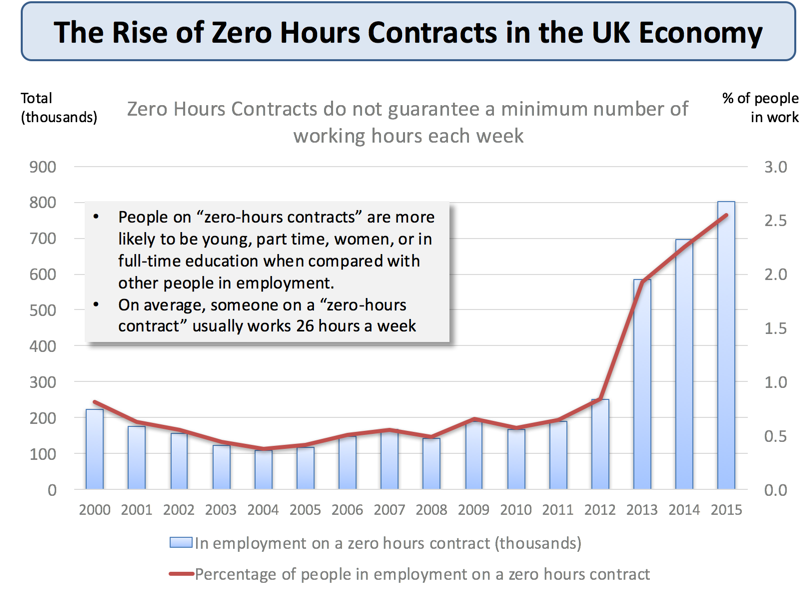Excellent stuff from the guys at tutor2u, much better than econdal ;-)
On a serious note, these are really useful as they have updated examples for that all important application and there is also an essay plan on currency devaluation.
Exam Answer: Internal and External Devaluation

